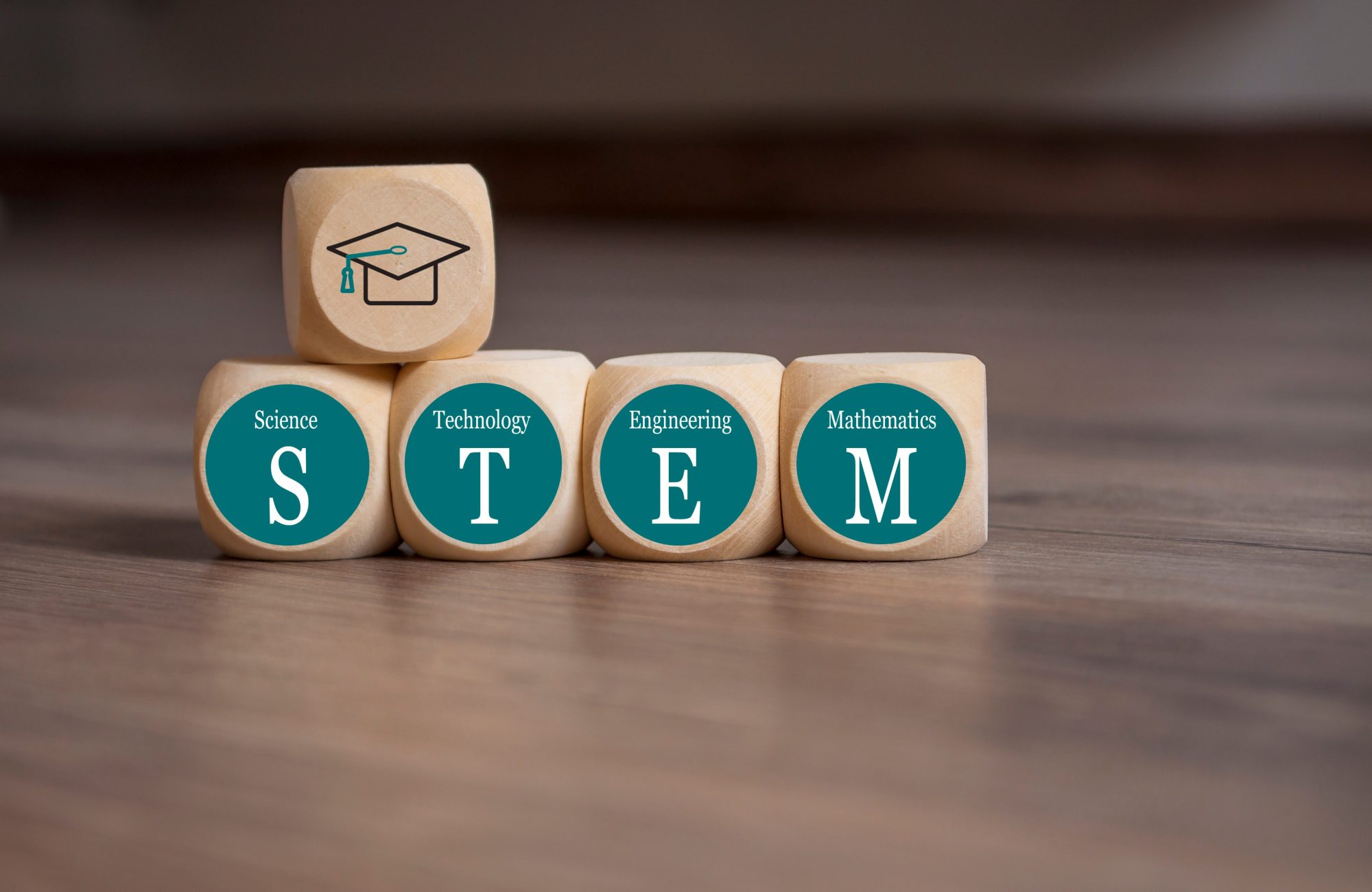Here, we find out that the National Science Foundation’s Directorate of Education and Human Resources works to achieved excellence in STEM education at all levels and support the development of the next generation of scientists, technicians, engineers, mathematicians and educators
The National Science Foundation’s Education and Human Resources (EHR) Directorate aims to “achieve excellence in US science, technology, engineering and mathematics (STEM) education at all levels…to support the development of a diverse and well-prepared workforce of scientists, technicians, engineers, mathematicians and educators.”
The National Science Foundation (NSF) is an independent federal agency created by Congress in 1950 to “promote the progress of science; to advance the national health, prosperity and welfare; [and] to secure the national defence.”
With an annual budget of $8.1 billion in 2019, the NSF is the funding source for almost a quarter (24%) of all federally supported basic research conducted by America’s colleges and universities. In many fields, such as mathematics, computer science and the social sciences, the NSF is the major source of federal backing.
The Foundation is divided into seven directorates that support science and engineering research and education:
- Biological Sciences.
- Computer and Information Science and Engineering.
- Engineering.
- Geosciences.
- Mathematical and Physical Sciences.
- Social, Behavioural and Economic Sciences.
- Education and Human Resources.
Education and Human Resources
The mission of the Education and Human Resources (EHR) Directorate is to “achieve excellence in US science, technology, engineering and mathematics (STEM) education at all levels and in all settings, both formal and informal, in order to support the development of a diverse and well-prepared workforce of scientists, technicians, engineers, mathematicians and educators, as well as a well-informed citizenry with access to the ideas and tools of science and engineering”.
This translates into four main goals:
- To prepare the next generation of STEM professionals and attract – and retain – more Americans to STEM careers.
- To develop a robust research community that can conduct rigorous research and evaluation that will support excellence in STEM education and that integrates research and education.
- To increase the technological, scientific and quantitative literacy of all Americans so they can live productively in an increasingly technological society.
- To broaden participation among individuals, geographic regions, types of institutions and STEM disciplines, and to close achievement gaps in all STEM fields.
The EHR Directorate’s capacity-building strategies include:
- Identifying effective ways to prepare and support teachers and faculty who can inspire and challenge students in the STEM disciplines.
- Investing in research on learning, facilitating the translation of research into practice and creating supportive learning environments and STEM pathways by developing models of reform and systemic change at both institutional and multi-institutional levels through networking, partnerships, alliances and collaborations.
- Ensuring the STEM community is broadly representative of America, its geographic regions, types of institutions and STEM disciplines.
- Identifying formal and informal ways to effectively address the STEM knowledge requirements of adults so they can be productive members of the workforce and informed, active citizens.
Research on Learning in Formal and Informal Settings (DRL)
Within the EHR, the Division of Research on Learning in Formal and Informal Settings (DRL) invests in projects to improve the effectiveness of STEM learning for people of all ages. This includes promoting innovative research, development and evolution of learning and teaching across all disciplines by advancing cutting-edge knowledge and practices.
DRL also promotes the broadening and deepening of capacity and impact in the educational sciences by encouraging participation among scientists, engineers and educators from the range of disciplines represented by the NRF.
In the larger context of federal support for education research and evaluation, DRL’s role is to be a catalyst for change – advancing theory, method, measurement, development and application in STEM education. It seeks to advance both early, promising innovations and large-scale adoption of proven educational techniques.
Graduate Education
The Division of Graduate Education (DGE) advocates for innovative and inclusive graduate education in STEM fields. It manages cross-Foundation programmes that directly and indirectly support U.S. citizens and permanent residents in becoming leading scientists and engineers.
To better inform its programmes, DGE also supports research that will generate new ideas for the graduate education of the future.
The Division of Human Resource Development
The Division of Human Resource Development (HRD) acts as the focal point for NSF’s commitment to enhancing the quality of STEM education and research through broadening participation among historically underrepresented groups, such as minorities, women and people with disabilities.
It prioritises investments that promise innovation and transformative strategies, and focus on creating and testing models that ensure the full participation of educators, researchers and institutions dedicated to serving minority groups.
Undergraduate Education
The Division of Undergraduate Education promotes excellence in STEM for all students. It has four goals:
- Providing leadership in cutting edge efforts and risk-taking, as well as shaping national priorities to further education and innovation.
- Supporting curriculum development.
- Preparing the workforce, including promoting technological, quantitative and scientific literacy, and investing in the future K-12 teacher workforce.
- Fostering connections across disciplines, between all levels of education and between academia, industry and professionals.
Research
Recent research backed the EHR has made promising progress in potentially life-changing areas.
A recent study published by researchers at the Gladstone Institutes demonstrates that the pattern of brain activity can predict in advance whether a young mouse will develop Alzheimer’s-like memory deficits in old age.
Yadong Huang, the study’s senior author, said: “Being able to predict deficits long before they appear could open up new opportunities to design and test interventions that prevent Alzheimer’s in people.”
NSF research support for the study came through the Graduate Research Fellowship, which is administered by the EHR.











